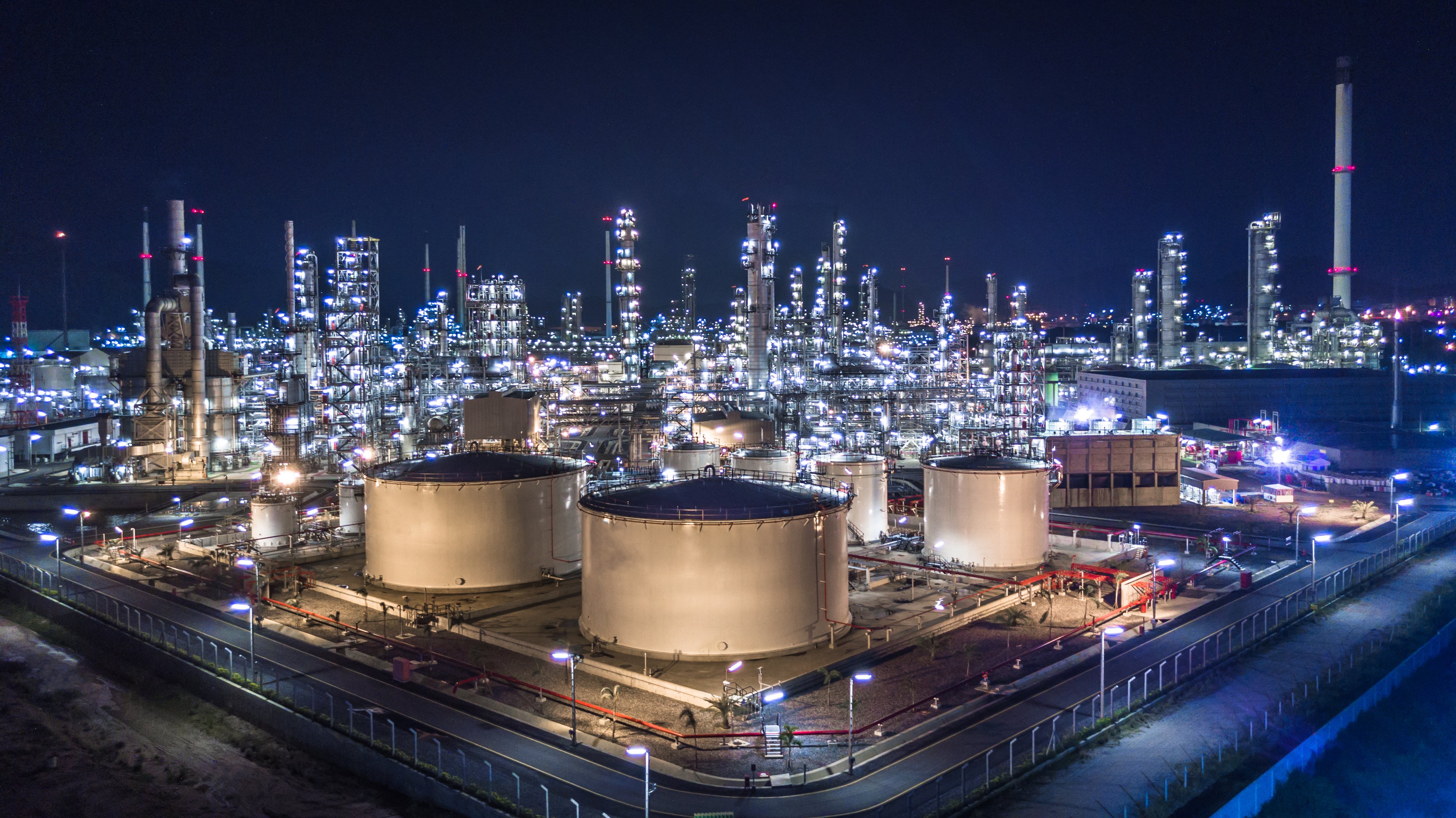
Previously, we have gone through three major technologies in the oil and gas industry, including RPA, SAP S/4HANA, and blockchain. However, more than merely resilience is needed. Indeed, the need for speed facilitated by 5G, the imperative for enhanced safety through AI, and the emphasis on sustainability with IoT have become increasingly pronounced.
Catch up with the previous part here: Revolution in the Pipeline - Part 1: Disrupting Oil and Gas Industry with Technologies.
4. High speed is a need
With its complex operations and vast geographical spread, the oil and gas industry has always been a fertile ground for technological innovations. However, the need for more reliable and high-speed connectivity in remote offshore locations has been a major challenge. McKinsey pointed out that 40% of production is covered by outdated technology that experiences significant reliability and bandwidth issues [1]. Hence, the introduction of 5G networks is effectively addressing this hurdle by offering high-speed, low-latency communication. This enables real-time data transmission and remote control of operations, reducing the need for human presence in hazardous areas. With 5G's ultra-high-speed data transfer capabilities, large volumes of data from sensors, equipment, and remote locations can be transmitted in real-time. This can facilitate quicker decision-making and rapid responses to critical events.
Furthermore, 5G enables the seamless remote monitoring and control of critical oil and gas facilities, encompassing pipelines, wells, and refineries. The deployment of drones and robotics, thanks to 5G's capabilities, can facilitate efficient and safe inspections, monitoring, and maintenance. On average, offshore oil and gas organizations experience over 27 days of unplanned downtime each year, leading to significant financial impacts of up to USD 38 million [2]. Thus, by harnessing the power of 5G connectivity, oil and gas corporations can mitigate downtime risks and bolster operational efficiency.
One of the significant challenges in the oil and gas industry is detecting improper threading in pipelines or defects in mechanisms. Such defects found at the end of the production line due to upstream issues can lead to substantial loss. Furthermore, the exposure of oil and gas components to various temperatures and environmental conditions often results in material degradation and corrosion, leading to component deformation and weakened pipelines.
One incident involved California's largest utility, Pacific Gas & Electric, which faced severe consequences after being held responsible for a tragic 2018 wildfire accident. Post-analysis research reports revealed that one of the primary causes of the incident was incorrect maintenance procedures. What is more, the emergency system was disconnected and non-functional. Consequently, the company incurred hefty penalties amounting to USD 13.5 billion as compensation for the individuals who lost homes and businesses, along with an additional fine of USD 2 billion by the California Public Utilities Commission for negligence [3].
To address this issue, deploying a computer-vision-based system proves highly beneficial in detecting defects through analytics. AI technologies can identify signs of corrosion by analyzing various parameters through knowledge graphs and predictive intelligence. Specifically, AI enables the approximation of corrosion occurrence and alerts pipeline operators. This proactive approach allows companies to effectively manage corrosion risks and predict machinery downtimes, facilitating maintenance planning. With the global AI in the oil and gas market projected to reach USD 7.99 billion by 2031 [4], companies have a significant opportunity to utilize AI in enhancing workplace safety for their employees.
6. Fostering sustainability with IoT
IoT technology has positioned the oil and gas sector at the forefront of innovation. With IoT becoming the USD 11 trillion industry by 2025 [5], IoT has positively impacted environmental considerations. As a resource-intensive industry with a global impact, the oil and gas sector faces increasing scrutiny to minimize its ecological footprint, mitigate carbon emissions, and conserve finite resources. Research by McKinsey indicated that the oil and gas industry is the second largest single contributor to climate change, responsible for around 42% of global greenhouse gas emissions [6]. Therefore, adhering to sustainability requirements and climate policies is essential.
Oil and gas firms can effectively reduce fugitive emissions and flaring by leveraging IoT-enabled leak detection and predictive maintenance to address this. Hence, downstream operators could utilize IoT to reduce the industry's carbon footprint and promote sustainability. By integrating sustainable practices, the industry can enhance efficiency, maintain its operating license, minimize waste, and contribute to improving ecological footprints for future generations. A recent survey by SAP and Oxford Economics reveals that energy and utilities executives have made more sustainability-related changes to their operations than those in other industries. Specifically, 79% of companies revealed that sustainability is a significant concern or top-of-mind at all stages of the manufacturing process [7]. Another research by KPMG indicated that 97% of oil & gas executives agree that their ability to manage climate-related risk is essential for keeping their jobs over the next five years [8].
Furthermore, productivity can be boosted through smart optimization to reduce operation time. Additionally, IoT devices facilitate real-time monitoring of drilling parameters such as pressure, temperature, and equipment performance, enabling instant adjustments and improved drilling efficiency. As highlighted by McKinsey, the implementation of IoT technology has yielded efficiency improvements for 83% of organizations, leading to elevated productivity by 10 to 12% [9].
FPT Software has been offering IoT services and solutions for industries ranging from home applications and smart cities to manufacturing, entertainment, retail, and healthcare for decades. With thousands of talented engineers and industry experts, we empower industries to improve safety, security, and energy efficiency.

The future is here
Despite the active progress of oil and gas enterprises toward a more digitalized future, the industry's technological advancements still need to improve. According to McKinsey research, while almost every company has initiated digitization projects across various aspects of their operations, 70% have not advanced beyond the pilot phase [10]. This highlights a pressing need to fully leverage these technologies to avoid falling behind in an increasingly competitive landscape.






























